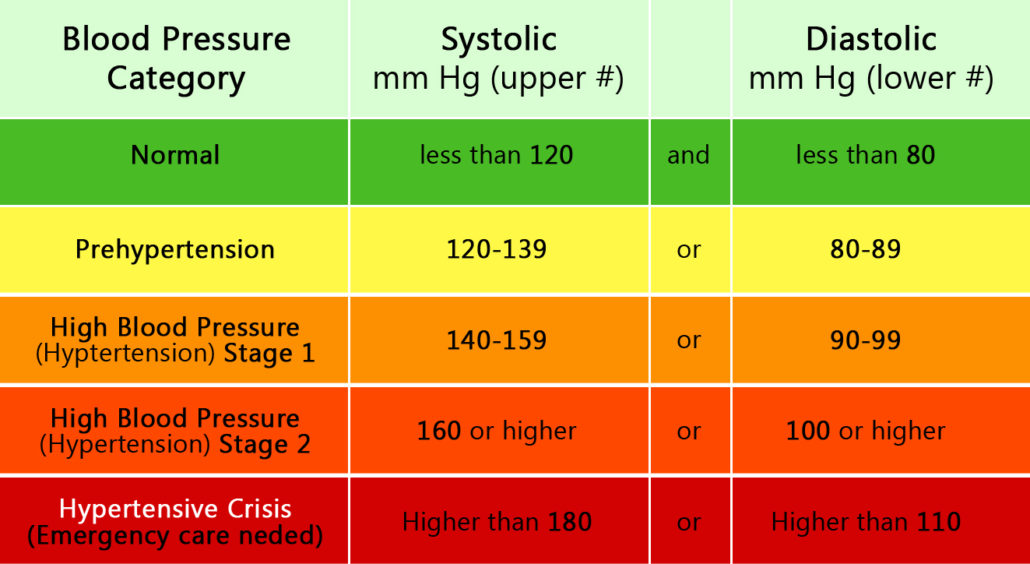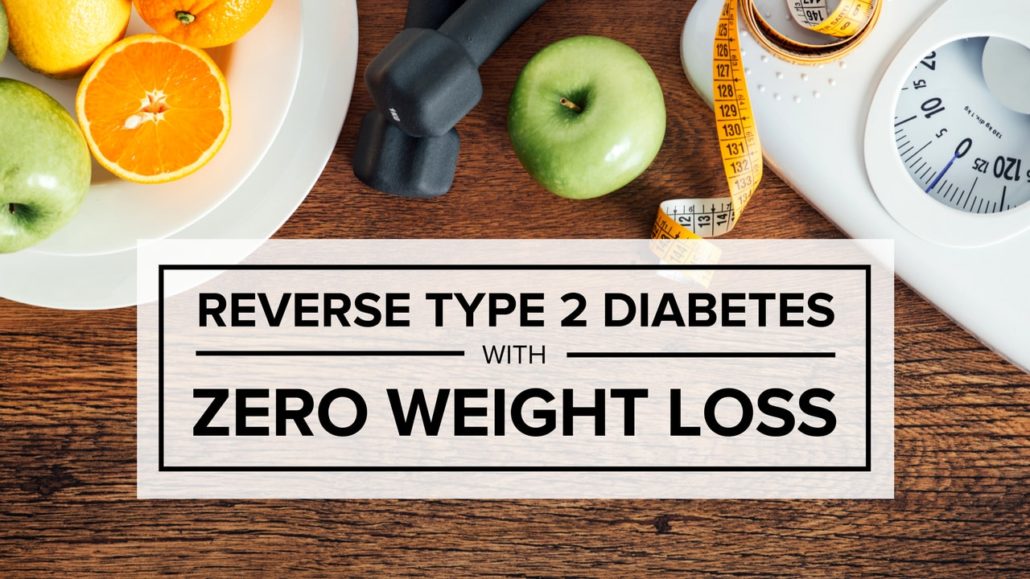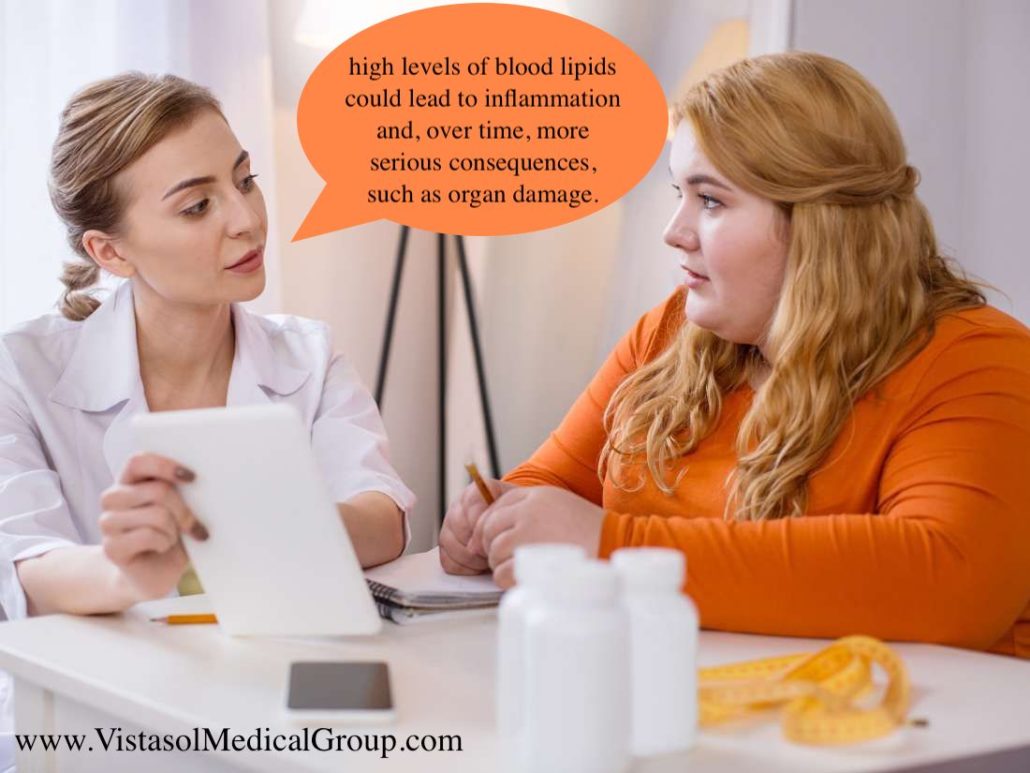Preparing for COVID-19: Priorities for the US
Three physicians from Johns Hopkins University, in Baltimore, MD, have joined efforts to write an article outlining key action points that the United States healthcare community should take in response to COVID-19.
Drs. Amesh A. Adalja, Eric Toner, and Thomas V. Inglesby wrote the paper, titled “Priorities for the U.S. Health Community Responding to COVID-19.”
The doctors are all from the Johns Hopkins Center for Health Security, as well as the university’s Department of Environmental Health and Engineering.
Appearing in the journal JAMA, the article draws from experiences with similar epidemics — such as the 2009 influenza pandemic, the SARS epidemic in 2003, and the avian influenza A epidemic in 2005 — to outline key measures that the U.S. government and healthcare sector should take to deal with the new coronavirus.
Hospitals, clinics, and other facilities
First, write the authors, healthcare institutions should update preparedness plans that had been developed for the previous epidemics.
“Broadly speaking, those plans addressed the protection of healthcare workers, how to deal with staffing shortages, surges in patient numbers, triage issues, and management of scarce resources,” write Dr. Adalja and colleagues.
Second, hospitals and clinics, which have “critical roles” in the response to COVID-19, must establish clear “protocols for triaging and isolating patients suspected of having infection in emergency departments and urgent care centers.”
Importantly, write the authors, “Similar procedures need to be established in outpatient clinics, dialysis centers, and other medical facilities — especially nursing homes, assisted living centers, and long-term care facilities with particularly vulnerable populations.”
This is to prevent COVID-19 from disrupting regular treatments in medical care units, which would “compound the direct morbidity and mortality of the disease.”
Healthcare workers and ICU units
Protecting healthcare workers is another key priority in the COVID-19 response. This will require the use of personal protective equipment, updated hospital administrative policies, and special training of hospital staff, the authors note.
A considerable number of patients are likely to be severely ill, so hospitals must pay specific attention to preparing their intensive care units (ICUs), Dr. Adalja and colleagues write, explaining:
“This planning includes evaluation of ICU bed capacity, the ability to augment ICU-level bed space with alternative care sites such as step-down units and postanesthesia care units, mechanical ventilator stock and supply chains, and the logistics of isolating and cohorting patients.”
“Many hospitals operate at or near capacity already, and even an above-average flu season can cause operational disruption,” the authors point out.
Finally, the team emphasizes that — even though too little is currently known about COVID-19, and healthcare professionals will have to adapt their clinical approaches as more information becomes available — sticking to existing guidelines for pneumonia, sepsis, and acute respiratory distress syndrome (ARDS) is the best course of action.
“This may include the use of investigational antiviral or monoclonal antibody therapy,” the authors note.
More diagnostic tests needed ‘rapidly’
Furthermore, they write, clinicians must “rapidly” extend their diagnostic testing.
“To better understand the burden of COVID-19, medical and public health experts need to expand testing to all patients who have unexplained ARDS or severe pneumonia and ultimately to patients who have mild symptoms consistent with COVID-19.”
The researchers explain that the Centers for Disease Control and Prevention (CDC) — which initially performed all diagnostic tests — and public health labs do not have the capacity to perform testing on the scale that is necessary right now.
“To reach a high level testing capacity will require the major clinical diagnostic companies to develop and manufacture testing kits at large scale. Diagnostic companies may simply be able to add SARS-CoV-2 to existing nucleic acid–based respiratory viral panels or create standalone tests. Ideally, such diagnostic tests would be rapid,” the article cautions.
Also, serological assays, blood tests for specific antibodies, are necessary to help determine an accurate case fatality rate and for monitoring purposes, the authors point out.
Public health and social distancing
“From the outset, SARS-CoV-2 posed a near-impossible challenge for containment,” the team writes.
This is because the virus transmits very effectively; the authors note that the virus was “surreptitiously spreading for at least 6 weeks” and that it has “an epidemic doubling time of about 1 week.”
“As more and more countries report cases, including those with no link to the disease epicenter, it is clear that there are many more unrecognized cases in the world and that community transmission is happening in many countries.”
– Dr. Amesh A. Adalja et al.
Public health measures such as providing rapid diagnoses and isolating people with the virus are the most important actions that can slow the spread of SARS-CoV-2.
Tracking the contacts of people with the virus and placing them in quarantine may also be effective at this early stage of the epidemic.
“However, beyond a certain threshold, it will no longer be feasible to track all contacts.” At this point, actions classified as “social distancing” may be necessary. These include “cancellation of large gatherings, telecommuting to work when feasible, and school closures.”
However, such measures would come at a cost that must be accounted for. For instance, school closures would mean that “Many children who depend on school meals will not receive them, and many single parents will be out of the workforce.”
Finally, in addition to communicating health measures that everyone should take to reduce the spread of the infection, “It will also be important to communicate […] that persons who test positive for this virus but who do not need hospital care should stay at home while they are ill and not go to hospitals.”
“Hospitals may have serious challenges in handling the number of people who do need acute care, so it will be important for those who are infected but otherwise well to not contribute to hospital demands.” Dr. Adalja and colleagues conclude:
“Preparation will take time, so healthcare and public health systems need to move quickly forward in their efforts to be ready to confront this disease around the country.”
For information on how to prevent the spread of coronavirus, this CDC page provides advice.





